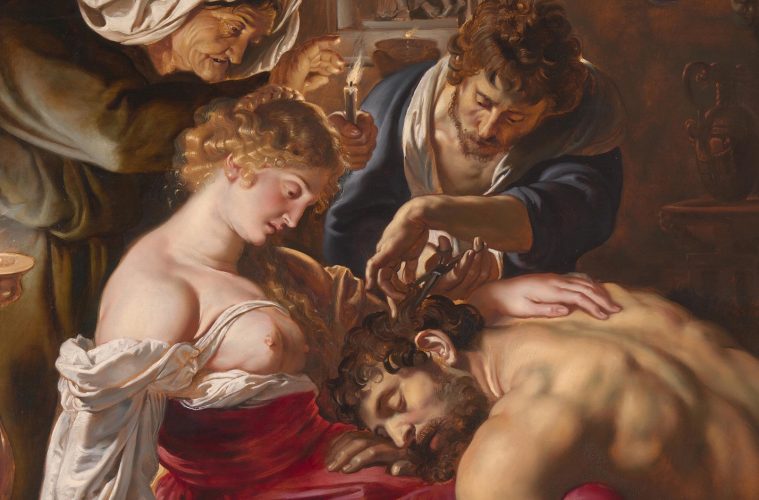“My Hair, My Hair” began as a personal exploration, from experiences with hair expression and its limitations in queer and women spaces. Facing ourselves and expectations, we shape and transform our hair, manage changes in textures and color, and potentially mourn its loss or absence. How are our daily experiences with hair – shaped by, classism, heterosexism, ageism, patriarchy, and colonialism – entangled with our mental health, modes of survival, or sexual drives? How dangerous are the systems that aims to discipline it? And, is it possible to free our hair or let it simply be?
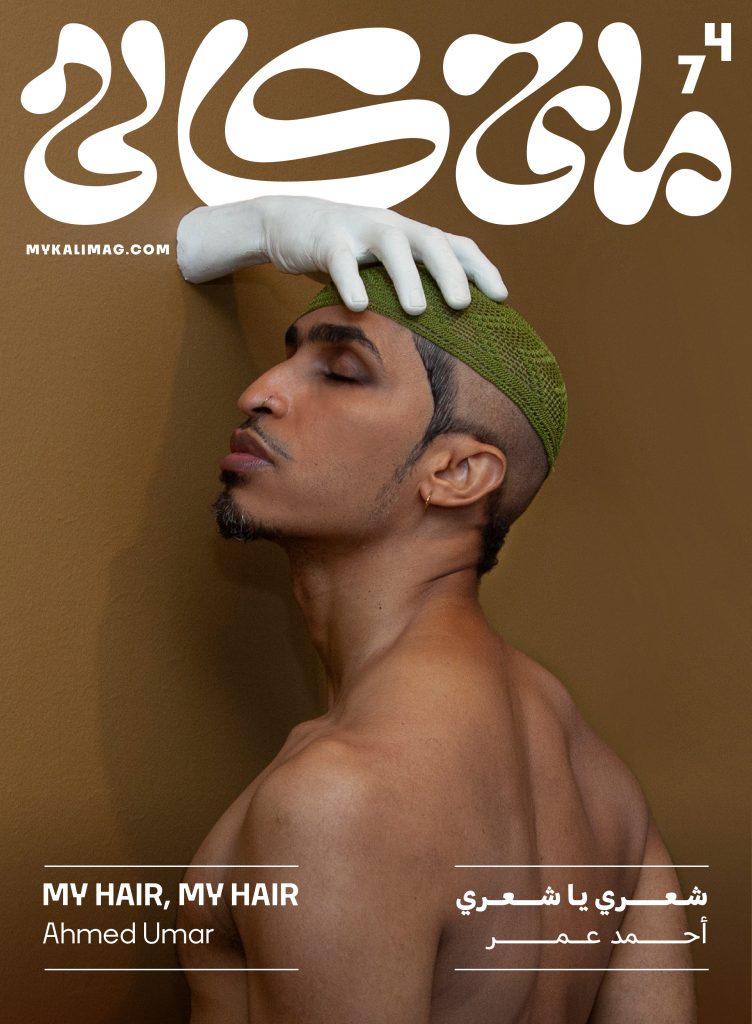
Sudanese queer artist Ahmed Umar on My Kali magazine’s issue ‘My Hair, May Hair’ #74, 2022. Cover Design by Alaa Saadi, photographed by Ahmed Umar, My Kali’s new visual identity design by Morcos Key.
Taking seriously that hair is more than a superficial part of our self-expression, contributors to this issue; authors and artists delve into their personal trials with hair. They consider the danger of wearing their hair – whether on their head of body – and looking “too queer” for the mainstream but “not queer enough” to be recognized within queer-feminist circles; the role of media and mass culture in shaping our connection to our hair and gendered meanings; and hair’s potential as a site of celebration and queer language through which people can reconnect with themselves and their background.

From music video “Baya al Ward” 2006 for artist Amal Hijazi, seen in a washroom cutting her hair with a pair of scissors.
Contributors also explore how issues of hair intersect with broader questions of the body and systems of power. They ask how postcolonial legacies of whiteness are reformed in dating app culture; how anti-Arab sentiments and gender binaries come to focus on the beard; how female-bodied people shave their hair as a form of resistance and revolution against oppressive political systems; and how colonial regimes used disciplinary and coercive power to manage particular populations’ hair.
Together, we hope these articles offer insights into the personal, the poetic, and the political. This issue will continue to grow and shift over the next three months. If you would like to add more to the conversation, please contact us at info@wp.mykalimag.com.
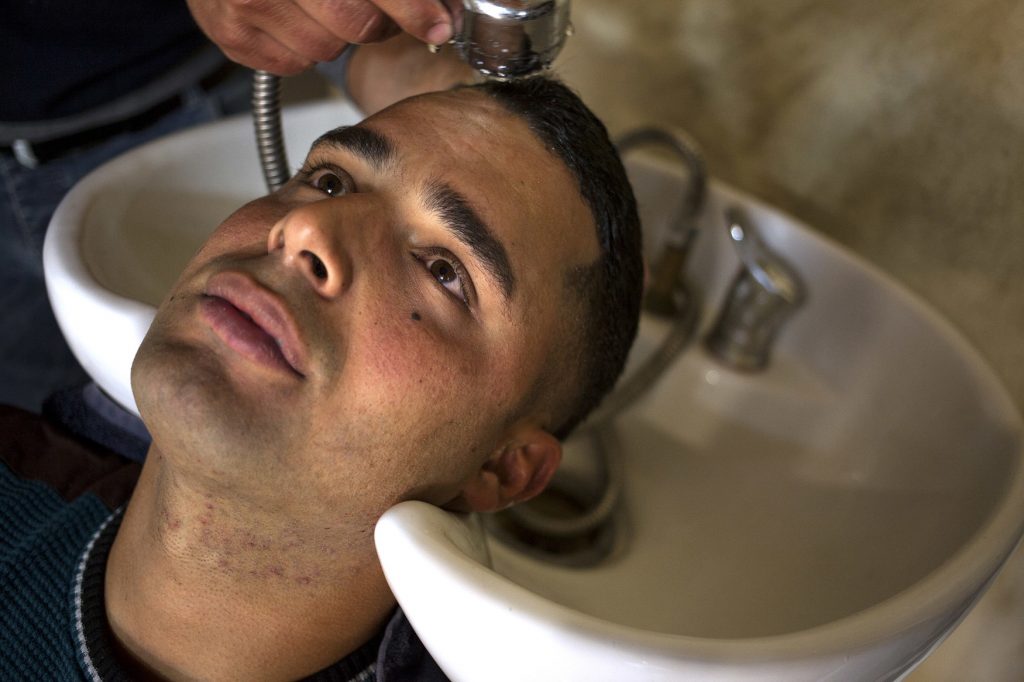
“The People’s Salon” by Tamara Abdul Hadi
Special Thanks to all those who contributed to this issue:
Design: Alaa Sadi, Leila Farag, Wael Morcos, Rouba Yammine, Jon Key, Mothanna Hussein, … (to be continued)
Translators: Hiba Moustafa, Nawara B.*
Photography Teams: Ahmed Serour, Malak Kabbani, Zaid Lozi, Jad Togoj, Dala Zaid, Tamara Abdelhadi, Ahmad Naser Eldein, Mai Adel, Youssef Sherif, and more
Writers: Musa Roshdy, Farah Desouky, Friya, Jamal (from JINS Podcast), Jana Nakhal, Layla Qais, Moussa Saleh, N.H., Roya Hasan, and more
Artists: Aude Nasr, Ikon Chiba, Lina Asaad, and more
Core Team: Khalid Abdel-Hadi, Musa Shadeedi, Eliza Marks
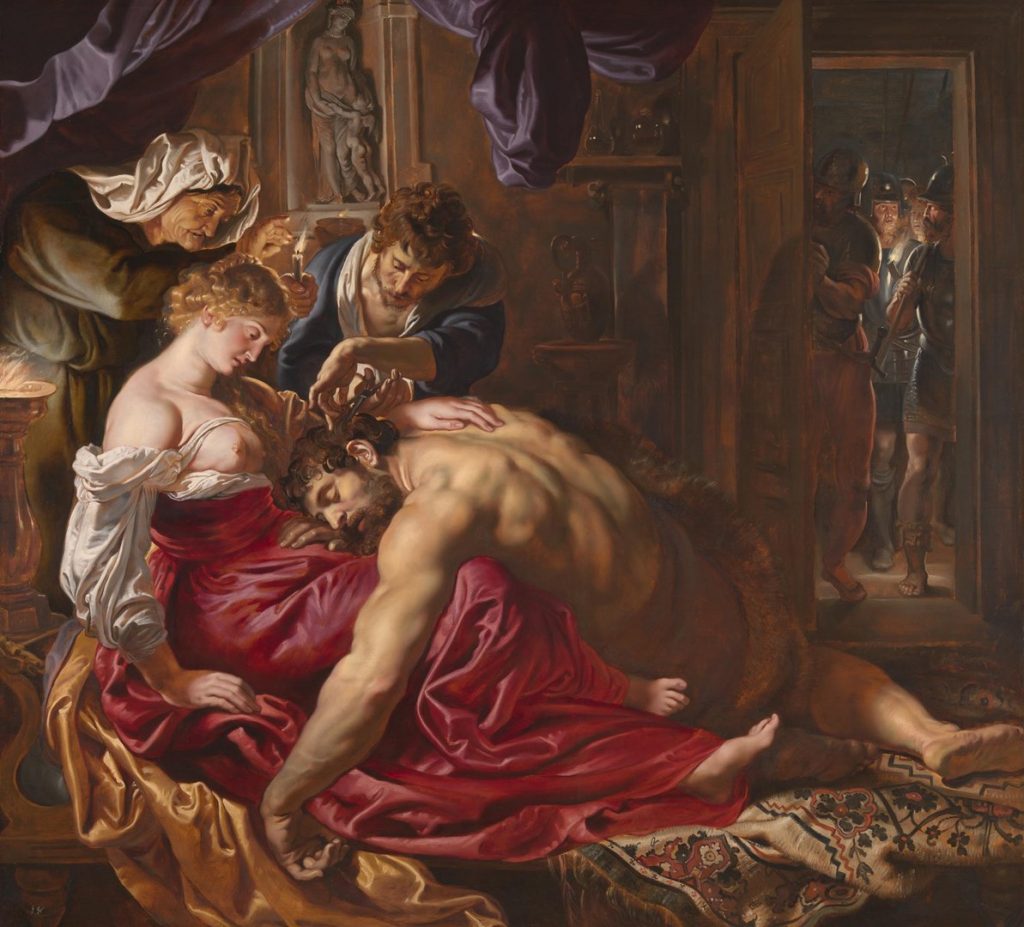
Featured image/painting: Samson and Delilah, 1609-10, said to be by Peter Paul Rubens
MY Kali new visual identity
We are excited to introduce our new visual identity, designed and brought to life by Morcos Key!
Words from the designer:
“In designing the new My Kali logo, Morcos Key embraced the fact that they’re designing for a cultural magazine that is championing progress in our communities. The identity is based on a fluid logo that suggests openness, and freedom. The design is unquestionably bold, and fearlessly original.
If the mark is decidedly soft and accommodating, it delivers a confident and spontaneous punch that speaks to the resilience of the community it represents and the diversity of topics it tackles.
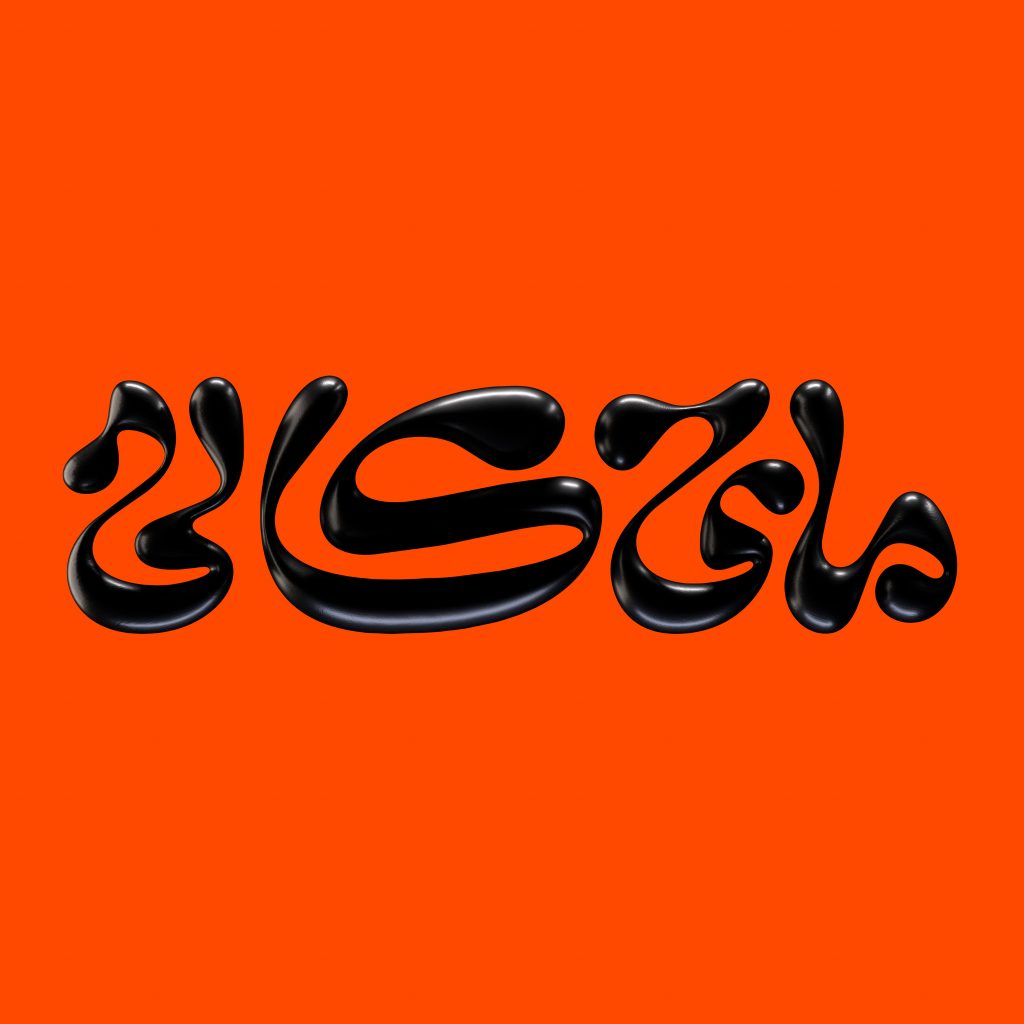
What started as a quick hand sketch was digitized and refined in several rounds where we considered the overall composition of the word and the placement of the diacritic dots. The logo system also incorporates several mock-ups for the Latin “My Kali” to allow it to function as a magazine masthead or a stand-alone logo.
The fluidity concept was further developed to influence graphic shapes and typographic applications to be used in social media and editorial contexts on our website.”
3D Rendering by Mothanna Hussein

